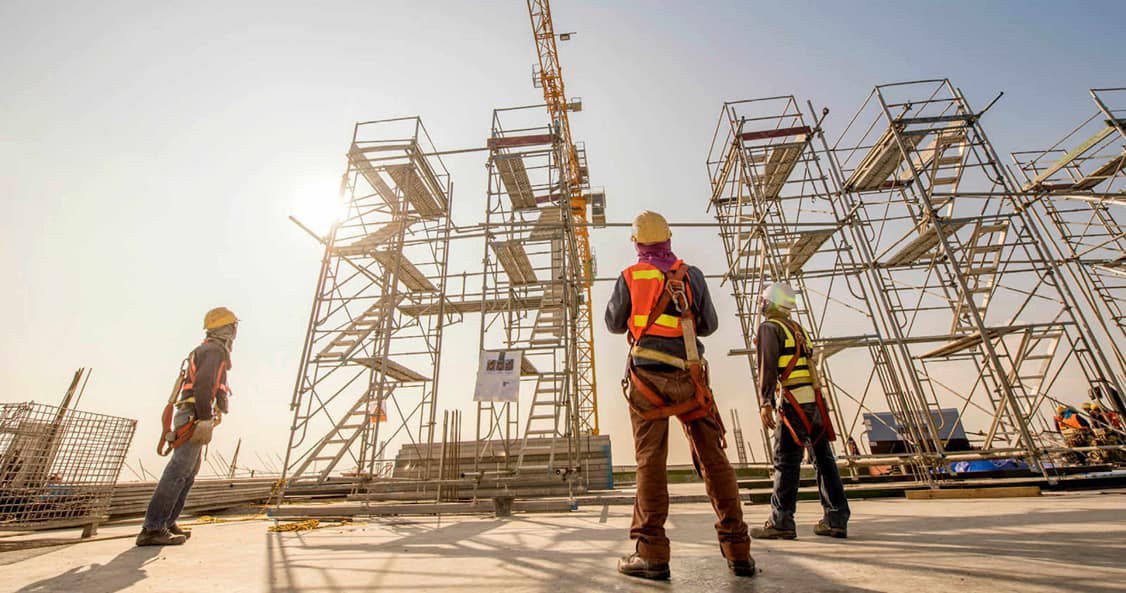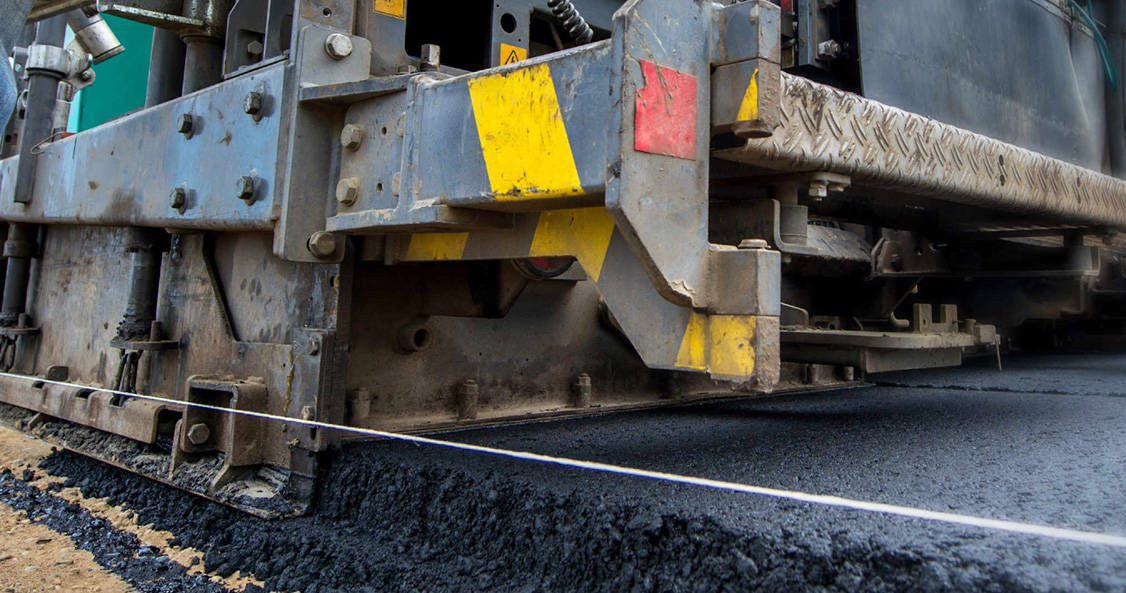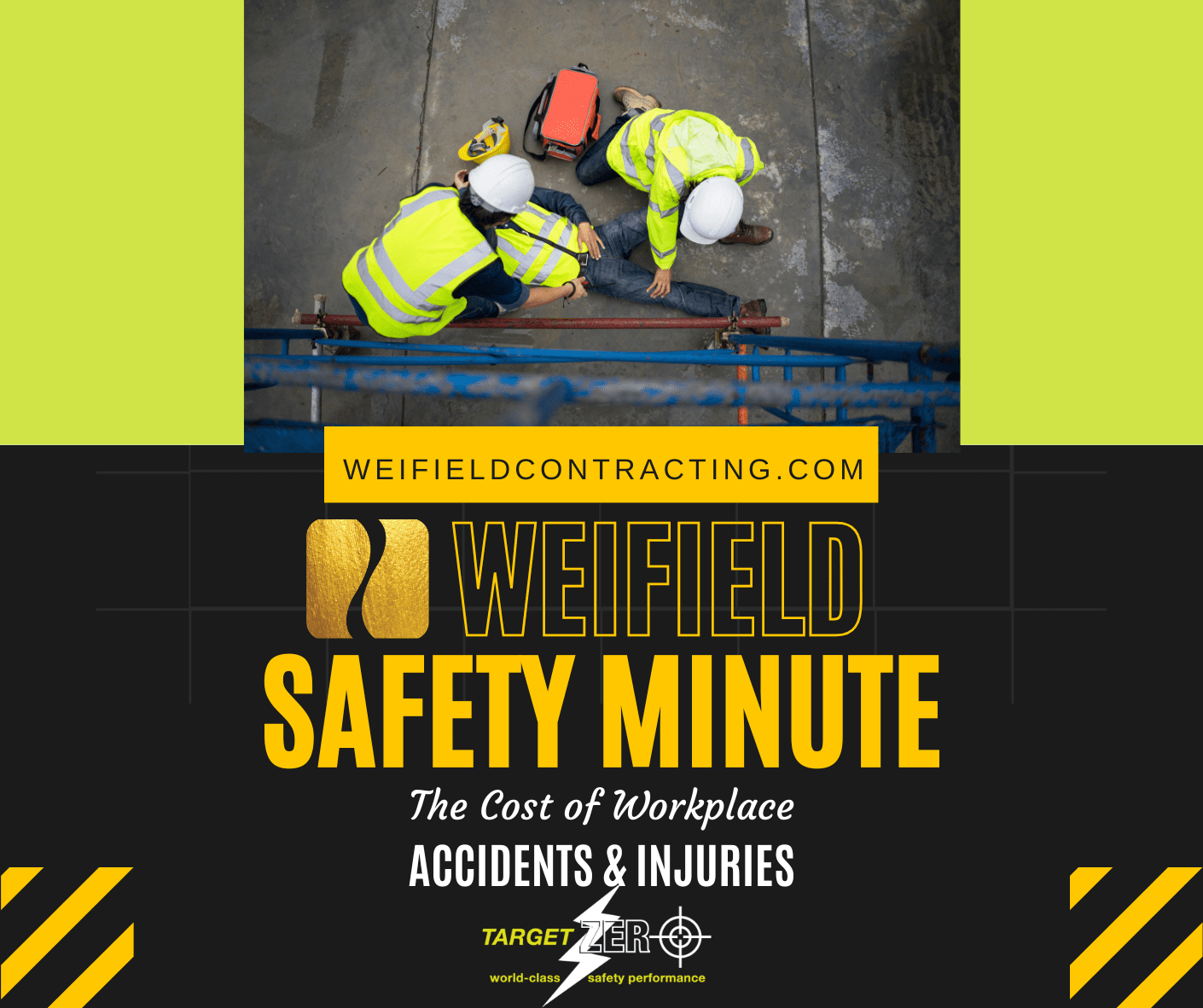Construction sites are inherently dangerous workplaces. Because of their very nature, they expose workers to all sorts of hazards, including falls, collapses, electrocutions, respiratory problems, and hearing loss. Yet for many, visiting a construction site is as common as going to the office. If your drivers have to spend any time on construction sites, it’s your job to ensure they have the tools and knowledge to protect themselves from the hazards of this type of work.
For those fleets that rarely visit construction sites, it’s easy to forget about construction safety training. Yet every fleet encounters road construction from time to time, and driver safety is just as vital in these situations. Help your drivers practice construction safety with these helpful tips.

For Fleets that Work on Construction Sites
Whether your fleet occasionally delivers tools and equipment to construction sites, or the construction industry is your main business, safety is paramount. Fleets that visit construction sites must have special safety precautions in place. This should include both well-maintained equipment and proper safety training for all drivers.
Inspect Vehicles and Equipment Regularly
By law, your drivers should be performing routine inspections on your fleet vehicles before and after every trip. In addition, you should also have them inspect construction equipment regularly. Keeping maintenance and inspections at the front of each day’s work means you’re less likely to encounter dangers related to maintenance and break downs. Making drivers responsible for letting management know when their equipment is showing wear or in need of repairs gives them investment into safety practices.
Of course, there are also plenty of maintenance issues that would not be noticed by a routine worker inspection. For this reason, you should also make sure that all vehicles and equipment are serviced regularly by trained mechanics. Every time a vehicle goes in for maintenance or repairs, be sure to also have the vehicle inspected fully.
Keep Drivers Focused and Avoid Distractions
In today’s increasingly connected world, distracted driving is more and more common. In fact, 78% of accidents are caused by distracted driving, and cell phone use makes a driver 4 times more likely to have an accident. Drivers who text or operate various apps while driving pose a hazard to themselves and everyone around them
Crack Down on Unauthorized Use
Unauthorized use of construction equipment can be a major problem on construction sites. If you leave large equipment out in the open on a construction site, there are inevitably thieves and others who will see this as an open invitation. Not only can this lead to major losses in stolen equipment, but it can also cause unreported damage to your equipment, making it less safe for authorized users.
Mark Safe Driving Routes Clearly
In any construction site, there are areas that are safe to drive and others that pose dangers. Don’t leave your drivers guessing — post clearly marked signs to tell them where to go and how site traffic should flow. The small amount of time and materials used to mark safe routes is more than made up for with construction safety benefits.
Always Use a Spotter
Backing up a vehicle is one of the most common times for accidents to occur. When you add in heavy foot traffic and large equipment at a construction site, it’s a recipe for disaster. Yes, your drivers should be capable of backing out safely on their own, but it’s still safer to use a spotter each and every time. This extra precaution could just save a life.
Continually Reinforce Safety Training
When you hire a new driver, you likely have some sort of safety training program that they have to go through. Once the new recruit has completed it, it’s important to reinforce your company’s safety policies regularly, just as OSHA training and other certifications must be updated periodically. This ensures that practices that have become routine and are rarely thought about can be examined from a safety standpoint each time the training is redone.

For All Fleets When Encountering Road Construction
Even if construction has no part in your business, you still likely encounter construction sites on a regular basis. Anytime your drivers enter a road construction zone, they should be more alert and careful than ever. Here are a few safety tips for fleet vehicles that encounter road construction.
Avoid Road Construction When Possible
Obviously, the easiest way to avoid the dangers associated with road construction is to avoid it altogether. This won’t always be possible, but with a good dispatch and routing program, you can likely steer your drivers around hazards at least some of the time. Not only will this boost safety, it will likely also cut down driving time and improve productivity as well.
Merge as Early as Safely Possible
When they see traffic merging ahead, your drivers should be trained to merge as early as safely possible. They should not wait until they get closer to the closed portion of the lane as this only makes merging more dangerous and difficult.
Slow Down when Approaching Construction Zones
Reinforce to all drivers that it is vitally important to slow down when approaching road construction. Even if the repair work being done seems routine, a lot can go wrong around construction equipment, so it’s best to expect the unexpected and plan accordingly.
As they proceed through the construction zone, drivers should continue to maintain a reasonable rate of speed and should avoid tailgating or otherwise driving too close to other vehicles. Remember that fines may be doubled in construction zones and ensure your drivers stick to the posted speed limit to avoid hefty penalties.
Minimize Distractions so Drivers Remain Focused
Instruct your drivers to pay careful attention to the road as they proceed through construction zones. Avoid changing radio stations, using their phone or radio, or eating or drinking. All of these distractions can take focus away from the road just long enough to cause an accident in the right conditions. It’s best to wait until the driver is through the construction zone and into a safer area.
Remember, driver safety is a key component of any commercial fleet’s business. As a fleet manager, it’s your responsibility to give your drivers the tools and knowledge they need to stay safe on the road and in construction sites too.
Until next time….Work Safe & Be Safe!




